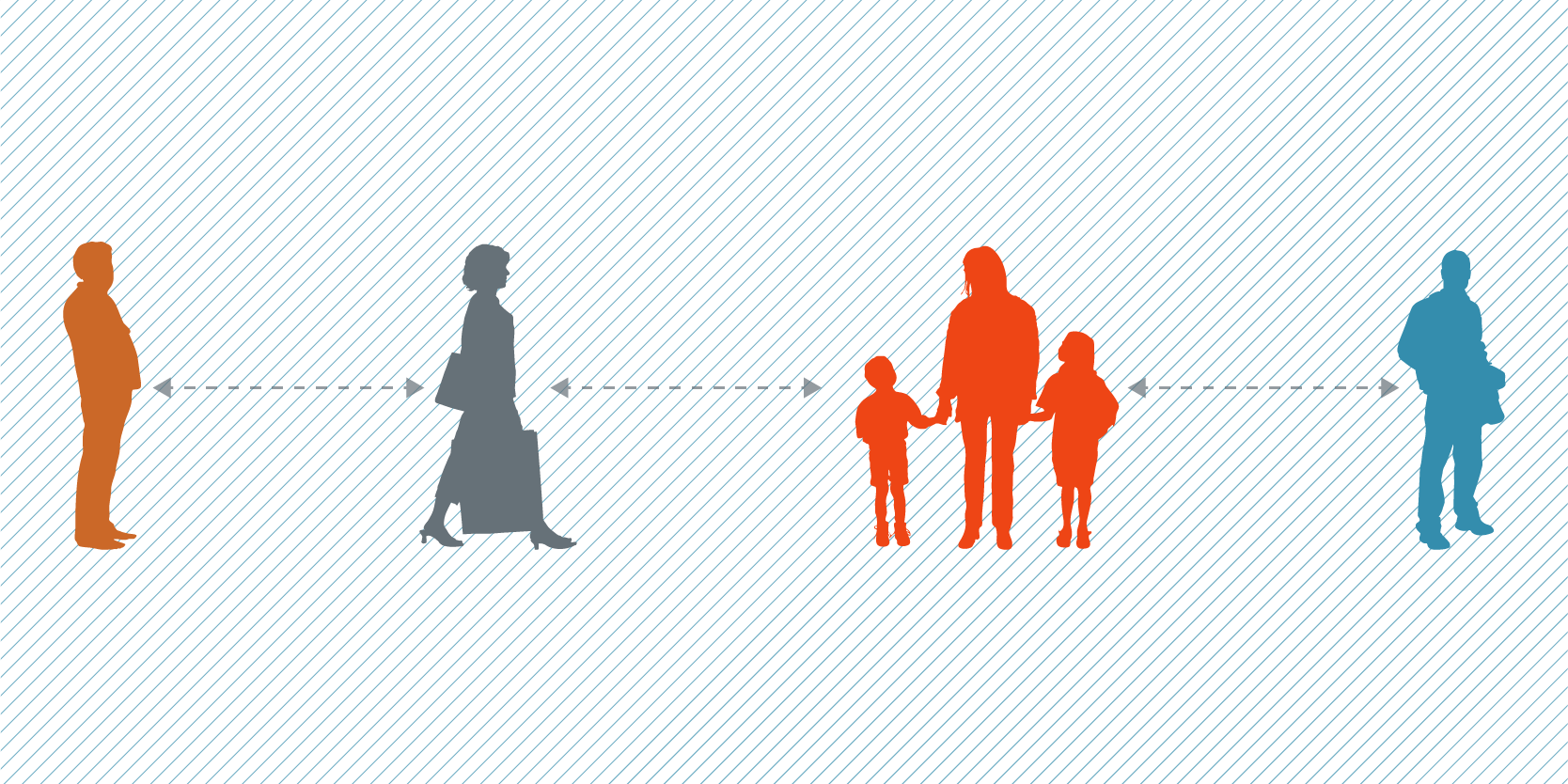The Pandemic Through a Designer’s Eye (Clone)
That the world is living though a unique moment is the rare fact upon which we all agree. The Pandemic Through a Designer’s Eye is a five-part series that looks at the crisis of our lifetime as a design problem and shows how design principles are relevant to its resolution. Each article profiles a specific design tool in relation to our national crisis.
We are all unwitting participants of a giant experimental installation in a living museum of humanity, curated by the suddenly famous Dr. Fauci, who has provided us a teachable moment about, among other things, the principles of design to keep people healthy and save lives.
If we define “Design” as “creating solutions to address a need or a problem,” the design brief of this historical moment has a grander purpose than the selling of widgets, like, say, saving public health. To that end, we have Dr. Fauci, the curator of best practices, to thank for introducing social distancing as the best tool to begin solving the complex problem of minimizing deaths during the Coronavirus pandemic.

What is social distancing if not the kerning of human beings?
Part 1: CoronaKerning
In the design profession, we employ tools and techniques including but not limited to kerning, branding, alignment, usability and scale, in order to solve communication problems, which sometimes turn out to be the front end of deeper organizational problems. When successful, we open eyes, increase perception, motivate specific behaviors and influence trends. It is fascinating to see the principles of design being applied on the front line of the pandemic.
Let’s start with the trend that is doing nothing less than changing the behavior of our entire culture, “social distancing.” What is social distancing if not the kerning of human beings? In graphic design parlance, kerning represents the space between letters on a page, be it printed or digital. With an understanding of letterforms and how they convey emotion and intent as well as content, a skilled designer uses kerning to convey strength, confidence and other attributes, toward achieving a specific goal. Thus, with the goal of keeping the pandemic from spreading and buying time for the health care system to scale, the kerning of human beings tracked in increments of six feet, has been an astonishingly useful, widely accepted, behavior modifying design tool, which has developed into a global trend.
In a culture that can’t agree on anything and often seems on a path toward self-destruction, it has been astonishing to see how people from all belief systems have found common ground around the necessity and mutual benefits of human kerning. This awareness causes me to contemplate how the other tools of design have been or might be applied to what ails us. I will explore these in the series of posts that follow.
